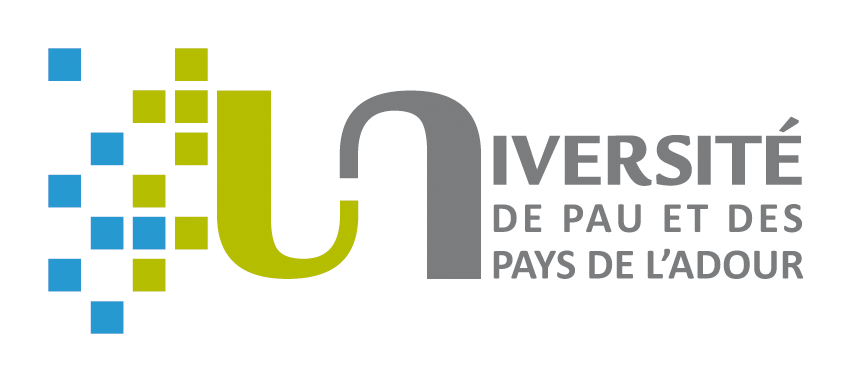Using eco‐evolutionary models to improve management of introgression in brown trout
Résumé
The management of intraspecific diversity in many species is usually disconnected from eco‐evolutionary processes happening in natura . A classic example is embodied in the problem of introgression in hybridized fish populations, wherein management practices are generally unaware of any selective process at work, and therefore generally rely on numbers (adding or removing individuals) to reduce introgression. Such an example can be observed in the French Alps, where native Mediterranea (MED) brown trout have been highly introgressed through decades of stocking with domesticated Atlantic (ATL) brown trout. Recently however, new results shed light on a potential selective mechanism that may affect differentially the fitness of MED and ATL genes depending on the environment (GxE interaction). Using a demogenetic agent‐based model able to account for such GxE interaction, we simulate a management scenario implemented in 2005 by some biodiversity managers and scientists, who attempted to restore the Mediterranea gene pool using translocation of near pure MED individuals in Atlantic‐dominated areas. We show that the model is unable to recreate the observed introgression dynamics if the GxE interaction is not included. This finding implies that (i) eco‐evolutionary mechanisms can have large effects on introgression dynamics on very short time scales and (ii) management of intraspecific diversity should increasingly rely on these natural mechanisms, so as to improve management targets and facilitate adaptation to rapid environmental changes.
| Origine | Fichiers produits par l'(les) auteur(s) |
|---|---|
| Licence |


